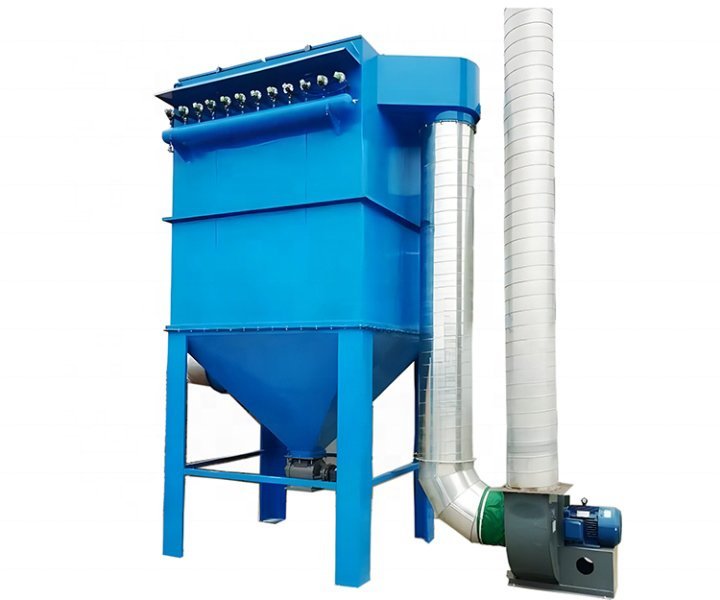Understanding Dust Collectors: A Comprehensive Guide
Introduction to Dust Collectors
Dust collectors are essential systems used in various industrial, commercial, and residential settings to enhance air quality by removing particulate matter from the environment. These systems are crucial for maintaining health and safety standards, ensuring clean operational conditions, and complying with environmental regulations.
Types of Dust Collectors
- Single-stage Dust Collectors: These are simple systems ideal for small workshops. They use a single filter to capture large particles.
- Two-stage Dust Collectors: More advanced than single-stage, these systems first separate large particles before trapping finer dust in a secondary filter.
- Cyclone Dust Collectors: Known for their efficiency in separating dust from the air stream using centrifugal force. They are particularly effective for high dust loads.
- Baghouse Collectors: Widely used in industrial applications, these systems use fabric bags to filter dust particles.
- Cartridge Dust Collectors: These are compact and efficient, using pleated cartridges that provide a large surface area for dust collection.
How Dust Collectors Work
Dust collectors operate on a basic principle of capturing, conveying, and collecting dust. Air laden with particulate matter is drawn into the system through ducts, treated through filters, and then expelled as clean air. The particles are captured by filters or separated via cyclonic action and then collected in a bin or hopper for disposal.
Benefits of Using Dust Collectors
- Health Benefits: Reduces the risk of respiratory issues and other health problems associated with dust inhalation.
- Compliance: Helps in complying with occupational health and safety regulations.
- Operational Efficiency: Keeps machinery and work surfaces clean, thereby extending equipment life and reducing maintenance costs.
- Environmental Impact: Minimizes the release of particulate matter into the atmosphere, contributing to environmental conservation.
Choosing the Right Dust Collector
Selecting the appropriate dust collector depends on several factors including the type of dust, volume of air to be treated, space availability, and specific industry requirements. It is crucial to assess these factors thoroughly to ensure optimal performance and compliance with regulatory standards.
Installation and Maintenance
Proper installation and regular maintenance are key to the effective operation of dust collectors. Installation should be carried out by professionals, ensuring that all components are correctly configured. Regular maintenance includes checking and replacing filters, inspecting ducts, and ensuring that the system is not overloaded.
Real-World Applications
- Manufacturing Facilities: Used to control dust from wood, metal, and plastic processing.
- Pharmaceuticals: Essential for controlling particulate matter in clean rooms and production areas.
- Food and Beverage: Helps in maintaining clean environments for the production and packaging of food products.
- Construction Sites: Used to manage dust during cutting, grinding, and demolition activities.
Rohhit Enterprises and Dust Collectors
Rohhit Enterprises is a leading provider of dust collection solutions, offering a range of products designed to meet various industrial needs. Their dust collectors are known for their reliability, efficiency, and compliance with environmental standards. Rohhit Enterprises also provides expert installation and maintenance services, ensuring that their systems operate at peak efficiency.
Frequently Asked Questions (FAQs)
- What is the primary function of a dust collector?
To improve air quality by removing particulate matter from the environment.
- Can dust collectors be used for both indoor and outdoor environments?
Yes, there are models designed for both settings.
- How often should dust collector filters be replaced?
It depends on the usage and type of dust, but generally, filters should be inspected and possibly replaced every 3-6 months.
- Are dust collectors noisy?
Some models can be, but advancements in technology have led to quieter operations in many newer models.
- Do dust collectors help in reducing fire hazards?
Yes, by removing potentially combustible dust particles from the air.


